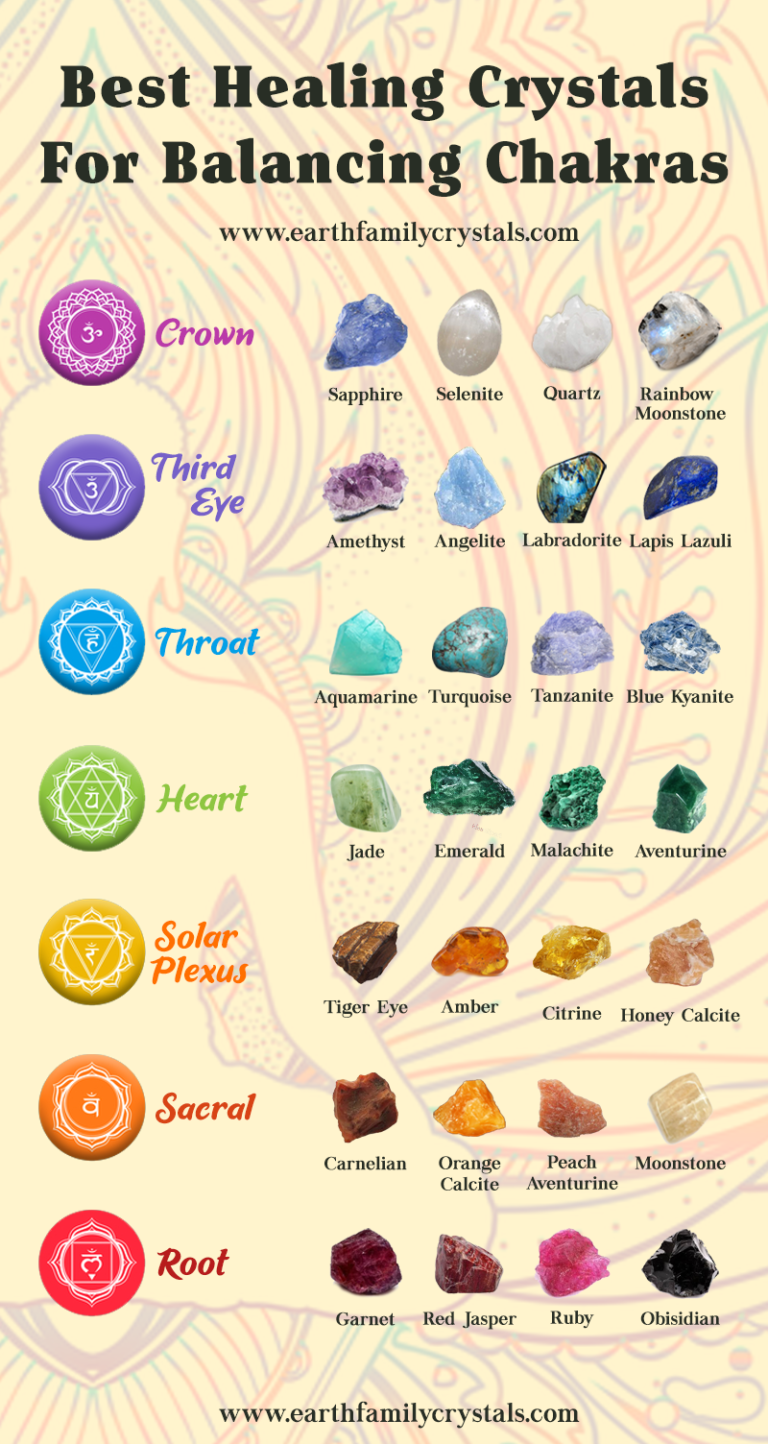The number of petals in each chakra varies: the root chakra has 4, sacral 6, solar plexus 10, heart 12, throat 16, third eye 96, and crown chakra 1,000.
The number of petals in each chakra’s lotus symbol holds profound spiritual significance. These petal counts aren’t arbitrary – they represent sacred geometry, energy pathways, and levels of consciousness. Understanding this symbolism can deepen your chakra practice and meditation.

The Sacred Geometry of Chakra Petals
Each chakra is traditionally depicted as a spinning wheel or lotus flower with a specific number of petals. These petals correspond to:
- Energy channels (nadis) connected to each chakra
- Sanskrit vowels and consonants associated with sound vibrations
- Stages of spiritual development
- Qualities to master or transcend
As you explore the seven main chakras, you’ll notice the petal count increases from the root to the crown, reflecting our spiritual evolution from earthly matters to cosmic consciousness.

Detailed Breakdown of Each Chakra’s Petals
Root Chakra (Muladhara) – 4 Petals
The root chakra’s four petals represent:
- Stability
- Security
- Grounding
- Survival instincts
These correspond to the four directions (north, south, east, west) and the solid foundation of the physical world. The square in its symbol mirrors these four aspects.
Sacral Chakra (Svadhisthana) – 6 Petals
The six petals symbolize emotions and qualities we must balance:
| Petals | Represents |
|---|---|
| 6 | Anger, hatred, jealousy, cruelty, desire, pride |
This chakra’s connection to water is shown through the crescent moon in its symbol, representing fluidity and adaptability.
Solar Plexus Chakra (Manipura) – 10 Petals
The ten petals relate to:
- Personal power
- Willpower
- Transformation
In yoga philosophy, these ten petals govern the pranic energies that fuel our vitality and digestion (both physical and mental).
Heart Chakra (Anahata) – 12 Petals
The twelve petals correspond to:
- Love
- Compassion
- Harmony
- Forgiveness
This sacred number appears throughout spiritual traditions – 12 months, 12 zodiac signs, 12 disciples. The heart chakra bridges earthly and spiritual energies.
Throat Chakra (Vishuddha) – 16 Petals
These represent the 16 Sanskrit vowels – the pure sounds of creation. Each petal vibrates with a different frequency of expression and communication.
Third Eye Chakra (Ajna) – 2 Petals
The two petals symbolize:
- Ida (moon/lunar energy)
- Pingala (sun/solar energy)
These nadis merge at the third eye before ascending to the crown, representing the union of opposites.
Crown Chakra (Sahasrara) – 1,000 Petals
The thousand-petaled lotus represents infinite consciousness. Some traditions describe it as having 972 petals (12 x 81) plus 28 additional petals for special energies.
Historical and Cultural Variations
Different traditions describe varying numbers of chakras and petals:
- Early Buddhist texts mention 4-5 chakras
- Classical Hindu systems describe 6-7 main chakras
- Tantric traditions may include up to 12 chakras
The historical development of chakra systems shows how these concepts evolved across cultures and spiritual practices.
Working With Chakra Petals in Practice
You can incorporate petal symbolism into your spiritual practice:
- During meditation, visualize each chakra’s petals opening like a flower
- Use chakra crystals corresponding to each energy center
- Chant bija mantras associated with each chakra’s petals
- Practice yoga poses that stimulate specific chakras
The increasing number of petals from root to crown mirrors our spiritual journey – from earthly grounding to cosmic connection. Each petal represents an aspect of consciousness to explore and integrate.
